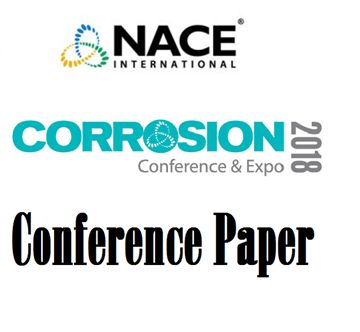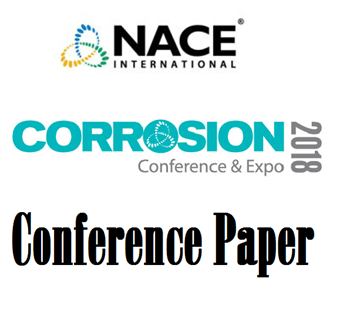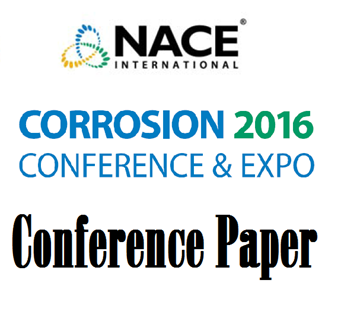Search
51318-11067-The Performance Effect of Coating Rusty Steel with an Epoxy-Amine Coating
Also Purchased
51318-11132-Surface Soluble salt concentration effect on long life offshore coatings systems performance
Product Number:
51318-11132-SG
Publication Date:
2018
$20.00
51318-11039-Reinforcing the Anticorrosion Property of Epoxy Coating Utilizing Urea–formaldehyde Resin
Product Number:
51318-11039-SG
Publication Date:
2018
$20.00
51316-7345-New Advances in Epoxy Protective Coatings
Product Number:
51316-7345-SG
ISBN:
7345 2016 CP
Publication Date:
2016
$20.00




